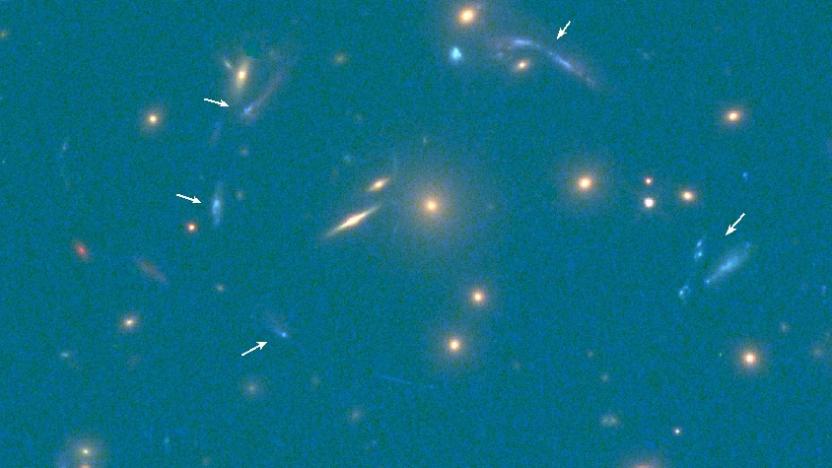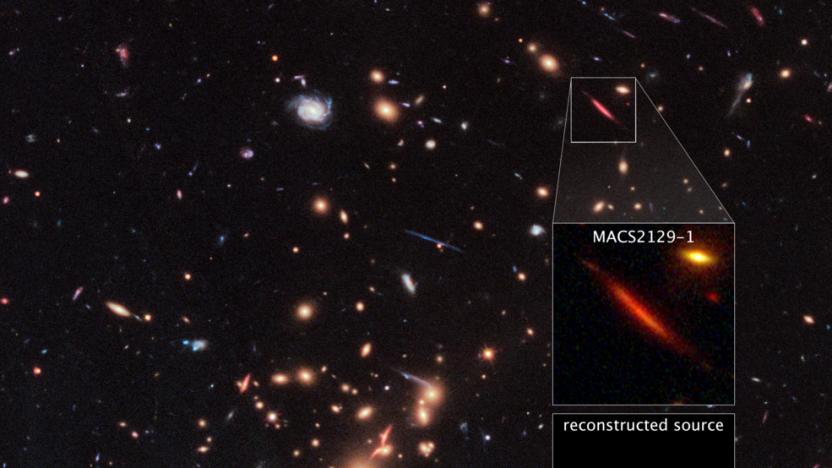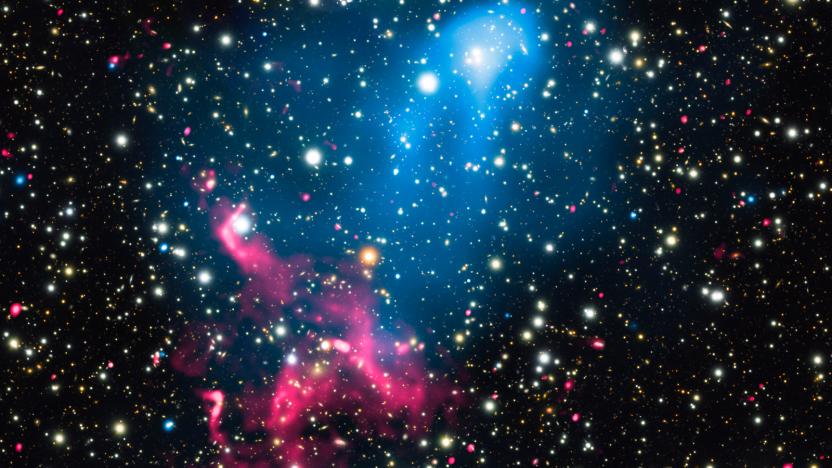galaxycluster
Latest

Researchers discover one of the brightest galaxies ever seen
Scientists at the Instituto de Astrofisica de Canarias, a research institute in the Canary Islands, just discovered one of the brightest galaxies we've ever come across. It's around a thousand times brighter than our galaxy, has a very high rate of star formation and is 10 thousand million light years away.

Current theories might be wrong about how a galaxy evolves
With the help of NASA's Hubble Space Telescope, researchers made a surprising discovery that goes against what we thought we knew about old galaxies and how they evolve. Our galaxy, the Milky Way, is a disk-shaped spiral galaxy. Typical of this shape of galaxy, the Milky Way's stars move around with predictable regularity and new stars are being formed throughout. From astronomers' observations, older galaxies that have stopped producing stars take on an elliptical shape with star motions that are unpredictable, different from the Milky Way and other younger galaxies.

Scientists discover a cosmic-scale particle accelerator
Suddenly, even the Large Hadron Collider seems downright quaint. Researchers have found a combination of cosmic phenomena that's creating the universe's largest known particle accelerator. At least one supermassive black hole in a galaxy cluster has created a electromagnetic tunnel that's accelerating gas to high speeds, only for the gas to travel even faster as it interacts with shock waves from another cluster colliding with the first. The result is particles traveling at a significant portion of the speed of light -- no mean feat for anything that isn't, well, light.

Dark matter is (probably) more complex than you think
Scientists typically believe that dark matter, for all of its mystery, behaves in a simple way: if one clump encounters another, the two interact solely through gravity. However, researchers using both Hubble and the Very Large Telescope have published findings which suggest that there's more involved. They've noticed dark matter (the blue lines in this picture) lagging behind a galaxy due to friction, hinting that there are factors beyond gravity at work. It's not certain whether the source of this friction is a familiar phenomenon or something entirely undiscovered, but it's definitely not the usual culprit.

Alt-week 09.15.13: Record-breaking glass, nature's gears, and Hubble's huge find
Alt-week takes a look at the best science and alternative tech stories from the last seven days. This week's alternative roundup focuses on exploration, experimentation and discovery -- both on land and in space. Here on Earth, Cornell's stumbled upon a new glass that breaks records and researchers in Europe have discovered an insect with cob wheel-styled gear joints for movement. Meanwhile, above our atmosphere, NASA's Hubble telescope made a large discovery of its own. This is alt-week.


